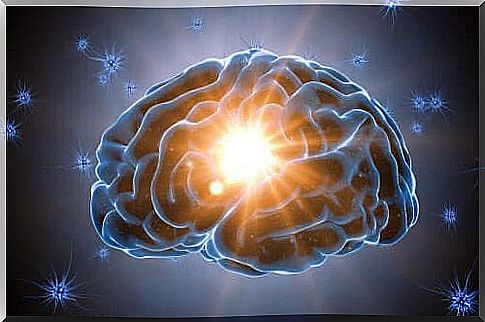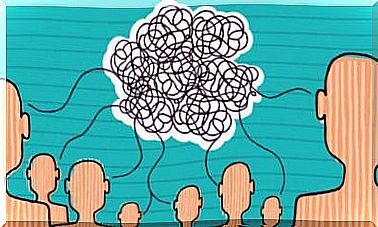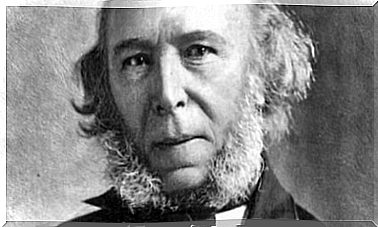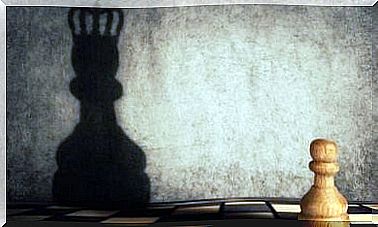Read About Why The Brain Loves Surprises

Why does the brain love surprises? Surprise is a basic emotion caused by an unforeseen stimulus. When the surprise is not pleasant, there is a negative emotion such as fear, rage or sadness.
But when the surprise is positive, the result is pleasant and it triggers an intense activation of certain areas in the brain. These areas are responsible for other emotions, such as satisfaction.
Thus, one can say that there is psychological evidence that the brain loves surprises.

Involved areas of the brain
Nucleus accumbens, which is part of the deep forehead lobe, plays an important role in the processing of surprises.
It is apparently activated when you are in an unforeseen situation. This happens because the brain subconsciously expects a reward.
As with other emotions, the amygdala also plays an important role when it comes to surprises. It helps you discover what is good for you and what is not. With this in mind, two different groups of neurons are activated:
- On the one hand, a group of neurons is activated when you receive a reward.
- On the other hand, other neurons are activated when you get something uncomfortable. As two opposing factors, one group does not activate if the other is activated.
The brain loves surprises
As we mentioned above, when the surprise is not pleasant, it can lead to negative emotions. But when the surprise is not painful, it leads to positive emotions that you can experience for a long time.
Negative surprises usually require a quick response from you, while positive ones lead to reassurance and happiness.
A number of researchers have dedicated their work to finding out how this occurs and whether surprise can be used to inflict some form of positive intervention with therapeutic purposes. Some American researchers have thus shown that the nucleus accumbens is activated when an unexpected stimulus manifests itself.
Oddly enough , the nucleus accumbens plays an extremely important role in the pleasure center of the brain. This is probably why the brain loves surprises. It does not matter if the surprise is good or bad, as the region lights up every time, activating pleasure mechanisms.
A perfect example of this fact is that many people love to go to haunted houses. They find many “surprises” that at first glance should be negative and lead to emotions such as fear and disgust.

The effect on learning and memory
Learning is one of the most studied cognitive processes in psychology and neuroscience. Over the last 50 years, researchers have identified the factors that influence or produce learning that one does not forget, and surprise is one of them.
According to some authors , the strength as an element is associated with another stronger and stronger until it stops being surprising. In other words, if you present stimulus A with stimulus B (unexpected) several times, a person will expect stimulus B. But when they realize that they are always connected, their reaction will be less intense. As a result, researchers have argued that when a stimulus is surprising, it is more likely to remain in memory.
This relationship between learning and surprise in the brain has been proven through new imaging studies.
In 2001, a group of British and Australian researchers observed what would happen to the brain if a surprise was included while learning something. They concluded that the nucleus accumbens became less and less active as participants became accustomed to the presentation of stimuli. But when they saw another surprise, it was reactivated.
Studies have also shown that when a situation occurs around the same time as a surprise, they remain in a person’s memory longer. This may be because the surprise triggers a series of cholinomimetic and dopaminergic mechanisms that increased attention and motivation.









